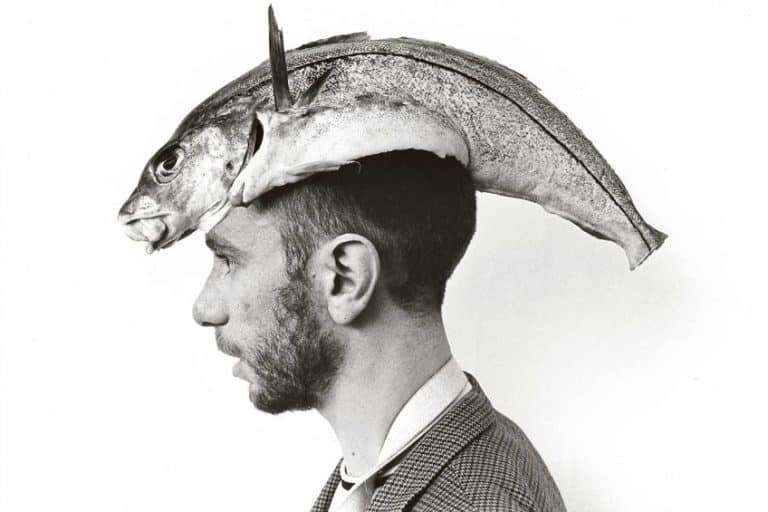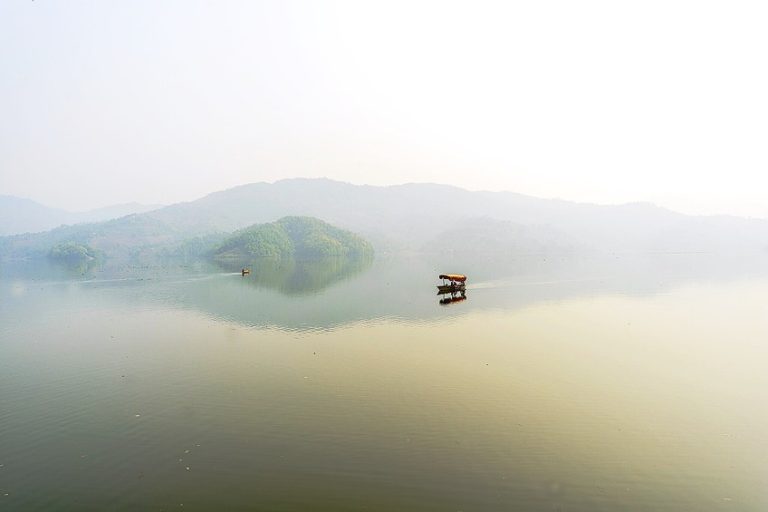Narrative Photography – Storytelling Through the Lens
Narrative photography is a captivating genre that transcends mere visual documentation, delving into the realm of storytelling through images. Unlike traditional photography that focuses solely on aesthetics or technical prowess, narrative photography weaves a compelling narrative, evoking emotions, raising questions, and inviting viewers into a richly layered visual narrative. Through carefully composed scenes, use of symbolism, and strategic framing, narrative photographers craft stories that resonate deeply with their audience, sparking imagination and fostering a profound connection between the viewer and the captured moment.
Key Takeaways
- Narrative photography is a method of using images to tell a story, emphasizing a connected sequence of events.
- Effective narrative photography employs composition, lighting, and perspective to convey the story and engage the viewer.
- Narrative photographers craft visual stories that resonate emotionally and contextually with their audience.
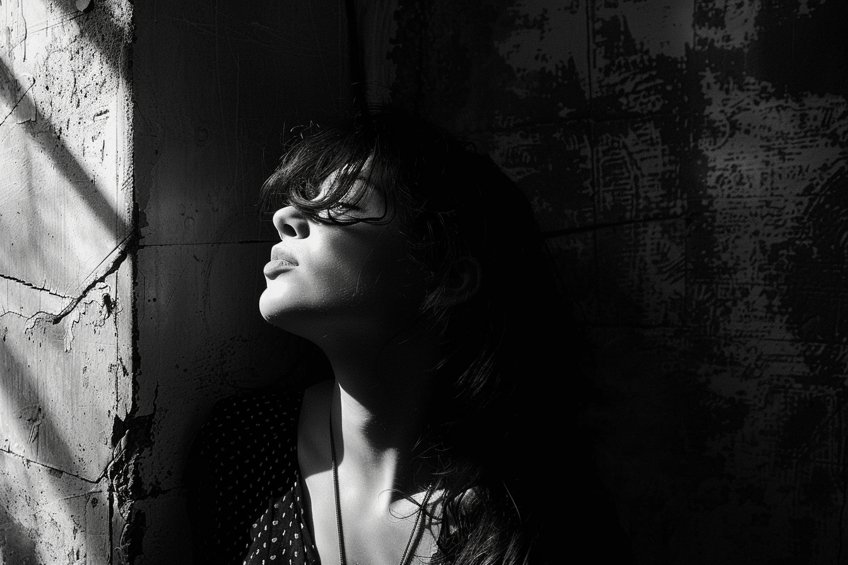
What Is Narrative Photography?
Narrative photography is a genre that transcends mere image capturing to embrace the art of storytelling. Through this visual medium, photographers chronicle events, emotions, and contexts, weaving together a series of images that collectively tell a compelling story. Unlike traditional photography focused on individual moments or aesthetic appeal, narrative photography aims to impart a storyline that is coherent, dynamic, and evocative. This style is prevalent in various mediums, from newspapers to fine art galleries, demonstrating its significance in visual storytelling.
Key elements such as composition, perspective, and lighting are not just tools for visual appeal but are carefully considered choices that contribute to the unfolding narrative.
Photographers utilizing this genre often seek to connect with their audience on a deeper level, inviting them to engage with the imagery and piece together the underlying story. The myriad of techniques available allows the photographer to guide viewers through the narrative, shaping their experience and interpretation of the visual tale being told.

Unlike random snapshots, narrative photography requires intentional decisions about what elements to include and omit. Key components often featured in narrative photography are:
- Context: The setting or environment where the story takes place.
- Characters: Individuals or subjects that play a role in the narrative.
- Action: Events or interactions displayed within the photograph.
- Emotions: Conveyed through facial expressions, body language, or the overall mood.
Photographers employ these elements to guide the viewer through a visual journey. The power of narrative photography lies in its ability to construct a narrative without words, often provoking thought and sparking imagination.
It is not constrained by factual representation but can also explore fictional tales, thereby expanding its creative boundaries.
In practice, the photographer assumes the role of a storyteller. The sequence and structure of the images are crucial as they enable the photographer to build a coherent and engaging story. Effective narrative photography can capture the viewer’s attention and communicate complex ideas through the lens of the camera.
Foundations of Narrative Photography
Narrative photography goes beyond capturing a moment; it’s about conveying a story through visual elements within a photograph. It requires attention to composition, the strategic use of light and color, and the incorporation of emotion and context to create a compelling picture that narrates a tale.
Understanding Narrative Photography
In narrative photography, each image serves as a chapter in a story. The photographer’s task is to distill a narrative into a single frame, or a series of images, that holds the viewer’s attention. Key attributes of narrative photography include the ability to evoke emotion and provide context, immersing the viewer fully into the scene.

Elements of Composition
An effective narrative photograph relies on an array of compositional elements. Strong composition is characterized by:
- Subject: The main focus of the story being told.
- Background: Supports the subject by adding depth and context.
- Visual elements: Lines, shapes, and space that guide the viewer’s eye through the story.
Influence of Light and Color
Light and color are powerful tools in shaping the mood and enhancing the story in a photograph. They can be manipulated to:
- Highlight emotion: Different lighting can evoke different feelings, like warmth or tension.
- Set context: Color can signify time of day or season, placing the narrative within a specific frame of reference.
By understanding and employing these foundational elements, a photographer crafts images into stories that resonate with viewers on an emotional level.

Techniques and Tools
Narrative photography relies on a photographer’s ability to use camera settings and equipment strategically to convey a story. Knowing how to manipulate these aspects helps in enhancing the visual storytelling power of the images.
Strategic Camera Settings
The photographer has to master various camera settings to control how the story is represented. Exposure settings are foundational in narrative photography, as they dictate the mood and tone of the image. They can choose a shallow depth of field to isolate subjects, often achieved through wide aperture settings, which draws the viewer’s focus to specific narrative elements.
- Rule of thirds: A composition guideline that suggests dividing the image into thirds, both horizontally and vertically, and placing the main subject along these lines or their intersections.
- Exposure triangle: The combination of aperture, shutter speed, and ISO. These settings must be balanced to achieve the desired effect, whether it’s to freeze a moment in time or create a sense of motion.
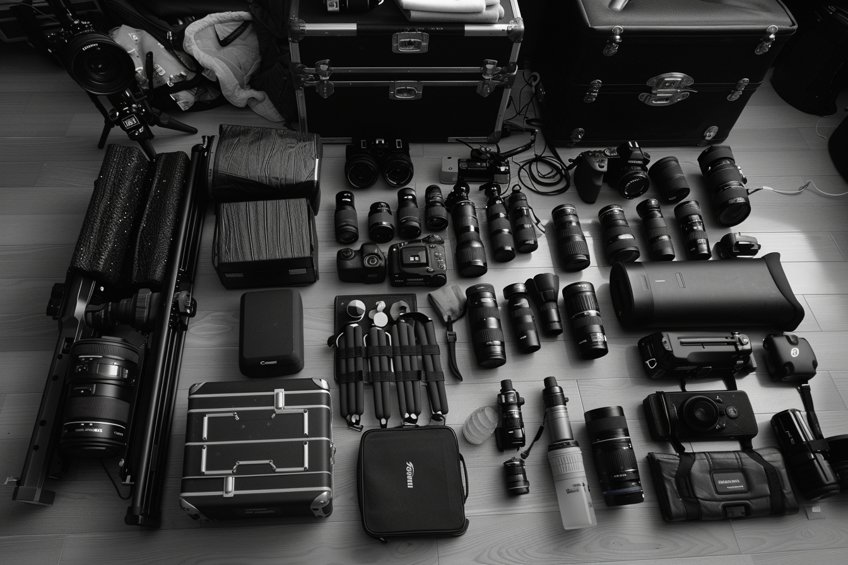
Choosing the Right Equipment
The equipment a photographer chooses directly affects the narrative ability of their photographs. Lens choice is particularly crucial, with different focal lengths telling different stories. A telephoto lens may be employed to compress a scene and bring distant subjects closer, often creating a more intimate and focused narrative.
- Focal length: Short focal lengths (wide-angle lenses) can capture a broad scene and provide context, while longer focal lengths (telephoto lenses) can focus on details and compress perspective.
- Lens type: Certain lenses, such as prime lenses, offer sharpness and a wide aperture for a shallow depth of field, indispensable for making subjects stand out.
It’s essential for the photographer to understand the capabilities and limitations of their gear to fully exploit the power of narrative photography.
Building a Narrative
Narrative photography weaves a story using visual elements and composition, aiming to evoke emotion while maintaining authenticity. Photographers must create a compelling narrative through a carefully selected series of images, utilizing a well-considered narrative structure.
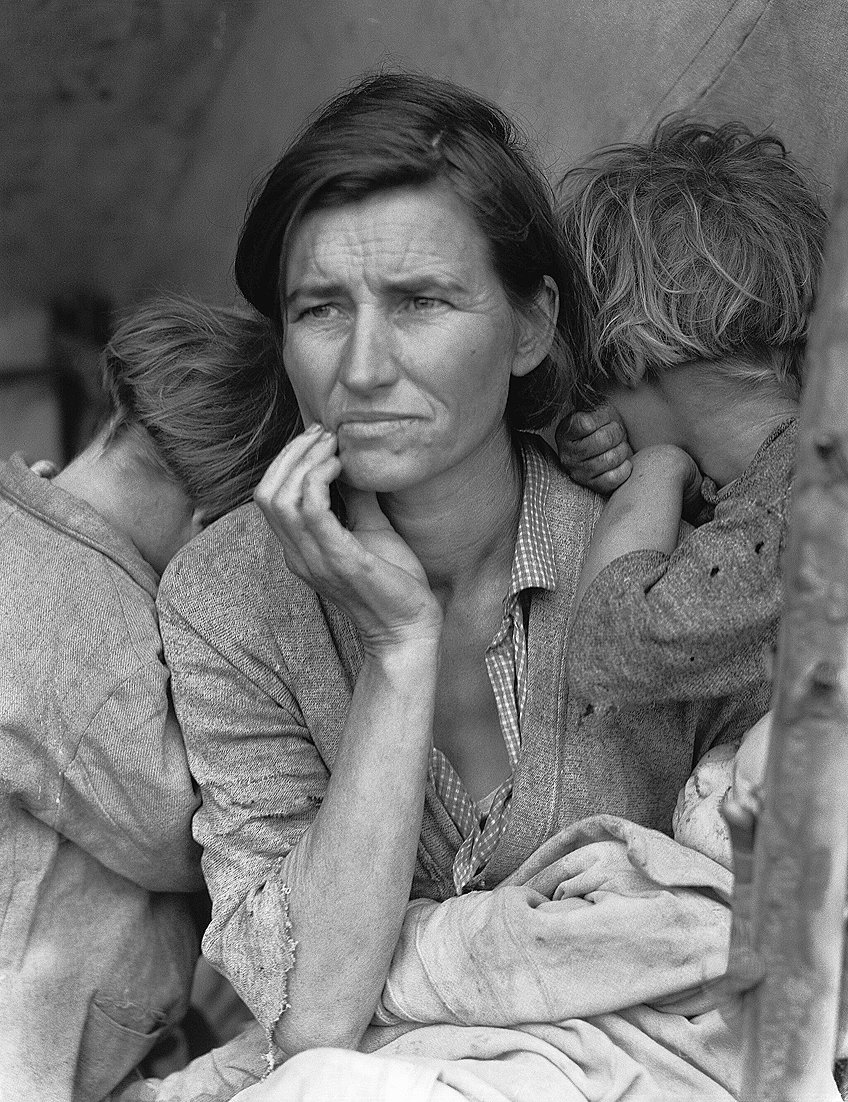
Crafting a Visual Language
In narrative photography, the visual language is the alphabet of storytelling. It is characterized by the use of composition, light, and color to convey the themes and emotions of the story. A consistent visual style ensures that each image speaks the same dialect, reinforcing the narrative’s overall impact.
Photographers might use recurring elements or symbolism to establish a coherent visual language.
Capturing Emotion and Authenticity
The emotional core of a narrative is central to its authenticity. Photographers capture candid moments that reflect genuine feelings, which resonate with viewers and lend credibility to the storytelling aspect. Shots filled with emotion often serve as the anchors of a story, around which other images are strategically placed.

Photo Essays
A photo essay is an excellent format for a chronological narrative, showcasing a series of images that build upon each other to tell a complete story. They often start with a wide establishing shot and progress through medium and close-up photos, showing various perspectives and details, much like chapters in a book.
Photographs as Clues
Each photograph in a narrative series can act as a clue to the larger story. The photographer carefully selects images that hint at aspects of the narrative without revealing everything at once, compelling the viewer to move to the next image for more pieces of the story. This technique requires a meticulous selection process to ensure that each image contributes meaningfully to the narrative.
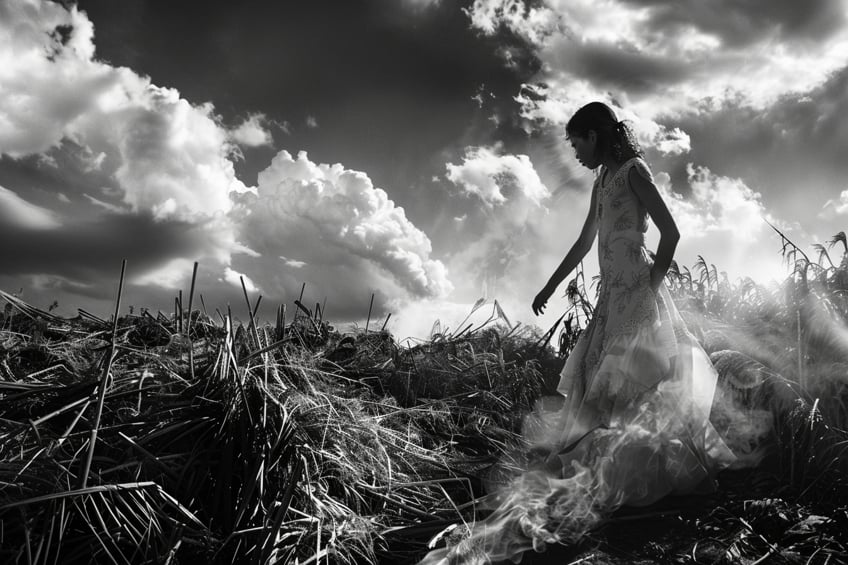
Sequencing and the Narrative Structure
The sequence in which images are presented is the backbone of the narrative structure. The order needs to create a rhythm that guides the viewer seamlessly from one photograph to the next. A skillfully sequenced narrative might follow a linear timeline.
Alternatively, it could be more abstract, requiring the viewer to piece together the narrative from the emotional and thematic depth of the images.
Narrative Photography in Practice
Narrative photography harnesses the power of visual storytelling, utilising various styles and approaches to convey a story or emotion within a frame. Photographers leverage techniques to craft a narrative that can unfold across a single image or be elaborated through a series such as photo essays.
Styles and Approaches
In narrative photography, styles can range from documentary and candid to posed and abstract. Each style lends itself to different storytelling techniques:
- Documentary: Photographers capture events as they happen with a focus on honest representations of reality.
- Candid: Unexpected moments are frozen in time, often revealing genuine emotions or actions.
- Posed: Deliberate compositions create a narrative with subjects aware of the camera’s presence.
- Abstract: More elusive, this approach uses shapes, colors, and forms to imply a story, leaving interpretation up to the viewer.
Examples of narrative photography might include a series of portraits that share the life story of an individual, or photojournalists communicating the essence of an event that bears historical significance.
From Single Images to Photo Essays
The narrative potential varies significantly between a single image and a photo essay. A single photograph must encapsulate its narrative succinctly, a challenge that often requires a careful juxtaposition of elements within the frame. These elements can include:
- Composition: Drawing the viewer’s eye along a visual path.
- Lighting: Highlighting subjects or setting a mood.
- Expressions: Conveying emotion through subjects’ faces or body language.
Conversely, photo essays permit an in-depth exploration of a subject, allowing photographers to construct a more comprehensive narrative. This can be broken down into specific components:
- Introduction: Sets the context and introduces the main subject.
- Conflict: Often highlights a challenge or a pivotal point in the narrative.
- Resolution: Concludes the story with a resolution or a call to reflective thought.
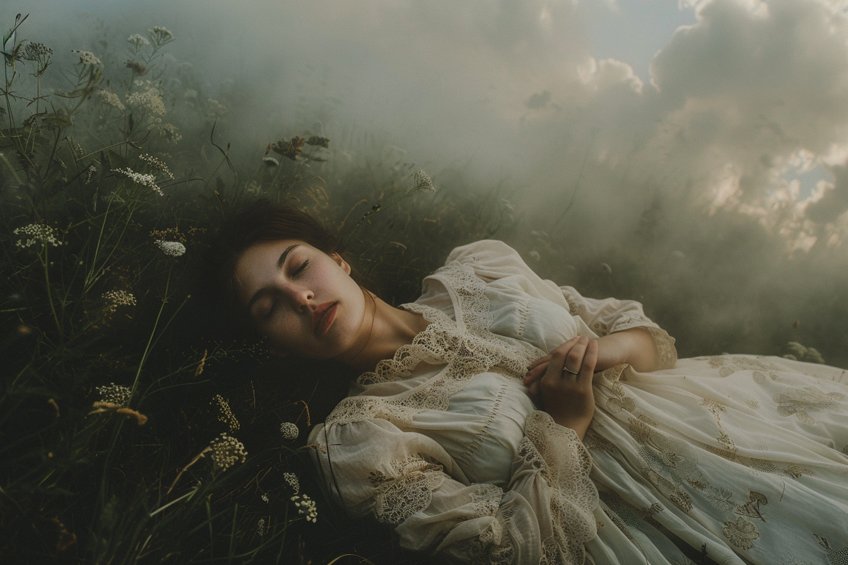
Narrative photography stands as a testament to the power of visual storytelling, bridging the gap between imagination and reality through carefully curated images. By harnessing the elements of composition, symbolism, and storytelling techniques, narrative photographers create captivating narratives that transcend the boundaries of language and culture, speaking directly to the universal human experience. As viewers engage with these narratives, they not only witness moments frozen in time but also embark on a journey of exploration, interpretation, and emotional connection, making narrative photography a timeless and impactful art form that continues to inspire and provoke thought.
Frequently Asked Questions
How Does Narrative Photography Differ from Other Photography Genres?
Narrative photography is characterized by its emphasis on storytelling, contrasting with genres that might prioritize aesthetics or technical prowess. It seeks to convey a message or a sequence of events through visually linked images, providing a sense of progression or narrative to the viewer.
Who Are Some Prominent Artists in the Field of Narrative Photography?
Prominent figures in narrative photography include Henri Cartier-Bresson, known for his concept of the decisive moment, and W. Eugene Smith, whose photo essays exemplify compelling storytelling. These photographers have made significant contributions to the art form by integrating strong narrative elements into their work.
How Can Photographers Effectively Use Sequence and Timing in Narrative Photography?
In narrative photography, sequence and timing are critical for establishing a sense of flow and development in the story. Photographers often use these elements to build tension or determine pacing, arranging images in a particular order that guides the viewer through the narrative.
Isabella studied at the University of Cape Town in South Africa and graduated with a Bachelor of Arts majoring in English Literature & Language and Psychology. Throughout her undergraduate years, she took Art History as an additional subject and absolutely loved it. Building on from her art history knowledge that began in high school, art has always been a particular area of fascination for her. From learning about artworks previously unknown to her, or sharpening her existing understanding of specific works, the ability to continue learning within this interesting sphere excites her greatly.
Her focal points of interest in art history encompass profiling specific artists and art movements, as it is these areas where she is able to really dig deep into the rich narrative of the art world. Additionally, she particularly enjoys exploring the different artistic styles of the 20th century, as well as the important impact that female artists have had on the development of art history.
Learn more about Isabella Meyer and the Art in Context Team.
Cite this Article
Isabella, Meyer, “Narrative Photography – Storytelling Through the Lens.” Art in Context. March 20, 2024. URL: https://artincontext.org/narrative-photography/
Meyer, I. (2024, 20 March). Narrative Photography – Storytelling Through the Lens. Art in Context. https://artincontext.org/narrative-photography/
Meyer, Isabella. “Narrative Photography – Storytelling Through the Lens.” Art in Context, March 20, 2024. https://artincontext.org/narrative-photography/.




